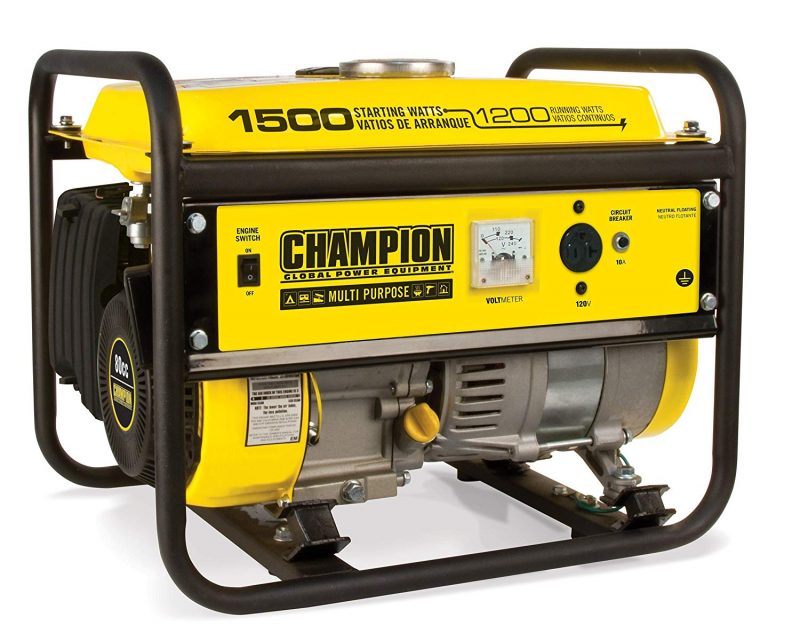According Paul hope at Consumer Reports:
- Never run a generator in an enclosed space or indoors.
Always place the generator at least 20 feet from the house with the engine exhaust directed away from windows and doors. - Don’t run a portable generator in the rain.
You can buy tents for generators—that keep them shielded but still well-ventilated—online and at home centers and hardware stores. - Before refueling, turn off a gas-powered generator and let it cool.
Gasoline spilled on hot engine parts can ignite. Allowing the engine to cool also reduces the risks of burns while refueling. - Don’t attempt to backfeed your house: it can fry electronics and electrocute utility workers.
Backfeeding means trying to power your home’s wiring by plugging the generator into a wall outlet. This reckless and dangerous practice presents an electrocution risk to utility workers and neighbors served by the same utility transformer. It also bypasses some of the built-in household circuit protection devices, so you could end up frying some of your electronics or starting an electrical fire. - Stock up on extra gasoline and store it properly.
Store gas only in an ANSI-approved container in a cool, well-ventilated place. Don’t store gasoline near any potential sources of heat or fire, or inside the house. - Avoid electrical hazards.
If you don’t yet have a transfer switch, you can use the outlets on the generator—providing you follow certain precautions: It’s best to plug in appliances directly to the generator. - If you must use an extension cord, it should be a heavy-duty one for outdoor use, rated (in watts or amps) at least equal to the sum of the connected appliance loads.
First check that the entire cord is free of cuts and that the plug has all three prongs, critical to protect against a shock if water has collected inside the equipment. - Install a transfer switch before the next storm.
A transfer switch connects the generator to your circuit panel and lets you power hardwired appliances while avoiding the glaring safety risk of using extension cords. Most transfer switches also help you avoid overload by displaying wattage usage levels.
